Cause of death Shooting Name Alluri Raju Known for Freedom fighting Role Revolutionary | Title Manyam Veerudu Religion Hinduism | |
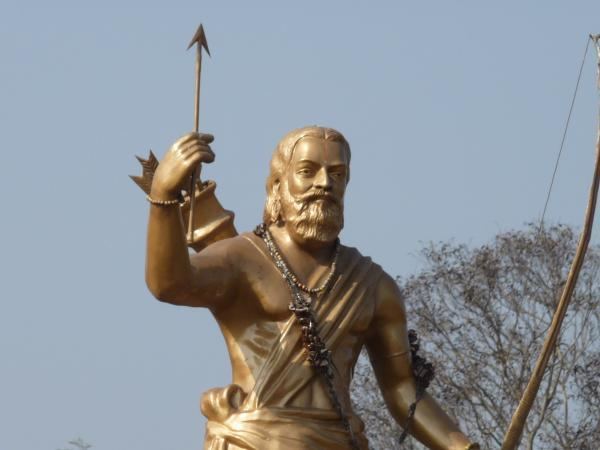 | ||
Born 4 July 1897 Pandrangi village, [Visakhapatnam] Died May 7, 1924, Visakhapatnam district Parents Alluri Venkata Rama Raju, Suryanarayanamma | ||
Resting place Visakhapatnam district Similar Komaram Bheem, Pingali Venkayya, Potti Sreeramulu | ||
Alluri SitaRama Raju 115 Jayanthi Celebrations - TV5
Alluri Sitarama Raju was an Indian revolutionary involved in the Indian independence movement. After the passing of the 1882 Madras Forest Act, its restrictions on the free movement of tribal peoples in the forest prevented them from engaging in their traditional podu agricultural system, which involved shifting cultivation. Raju led the Rampa Rebellion of 1922–24, during which a band of tribal leaders and other sympathisers fought against the British Raj, which had passed the law. He was referred to as "Manyam Veerudu" ("Hero of the Jungles") by the local people. Raju led a protest movement in the border areas of the East Godavari and Visakhapatnam regions of Madras Presidency, in present-day Andhra Pradesh.
Contents
- Alluri SitaRama Raju 115 Jayanthi Celebrations TV5
- Alluri Sita Rama Raju Life History Inspiring Story of Alluri Sita Rama Raju
- Life
- Rampa Rebellion of 1922
- Death
- In popular culture
- References
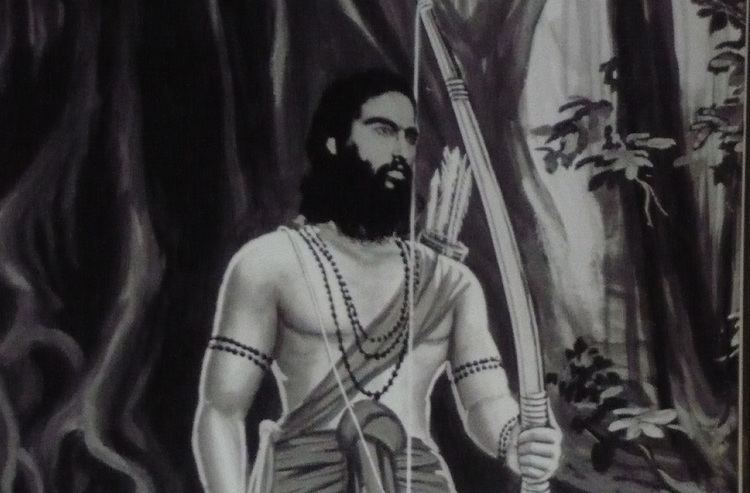
Inspired by the patriotic zeal of revolutionaries in Bengal, Raju raided police stations in and around Chintapalle, Rampachodavaram, Dammanapalli, Krishna Devi Peta, Rajavommangi, Addateegala, Narsipatnam and Annavaram. With his followers, he stole guns and ammunition and killed several British army officers, including Scott Coward near Dammanapalli. Raju was eventually trapped by the British in the forests of Chintapalli, then tied to a tree and was executed by gunfire in Kayyuru village. His tomb is in Krishna Devi Peta village.
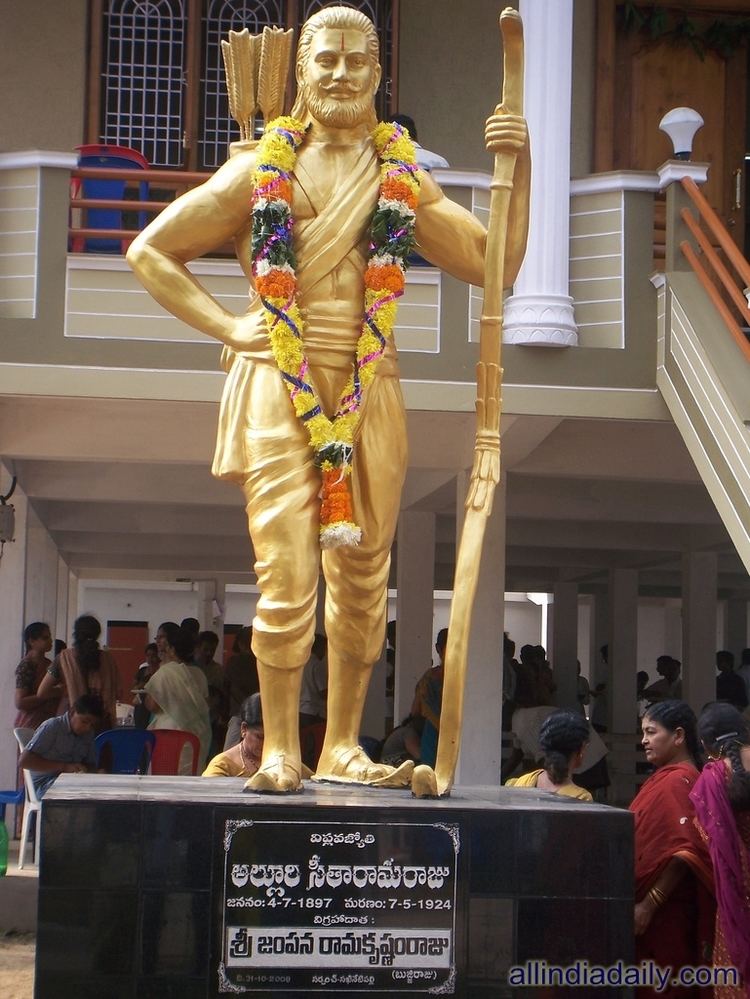
Alluri Sita Rama Raju Life History || Inspiring Story of Alluri Sita Rama Raju
Life
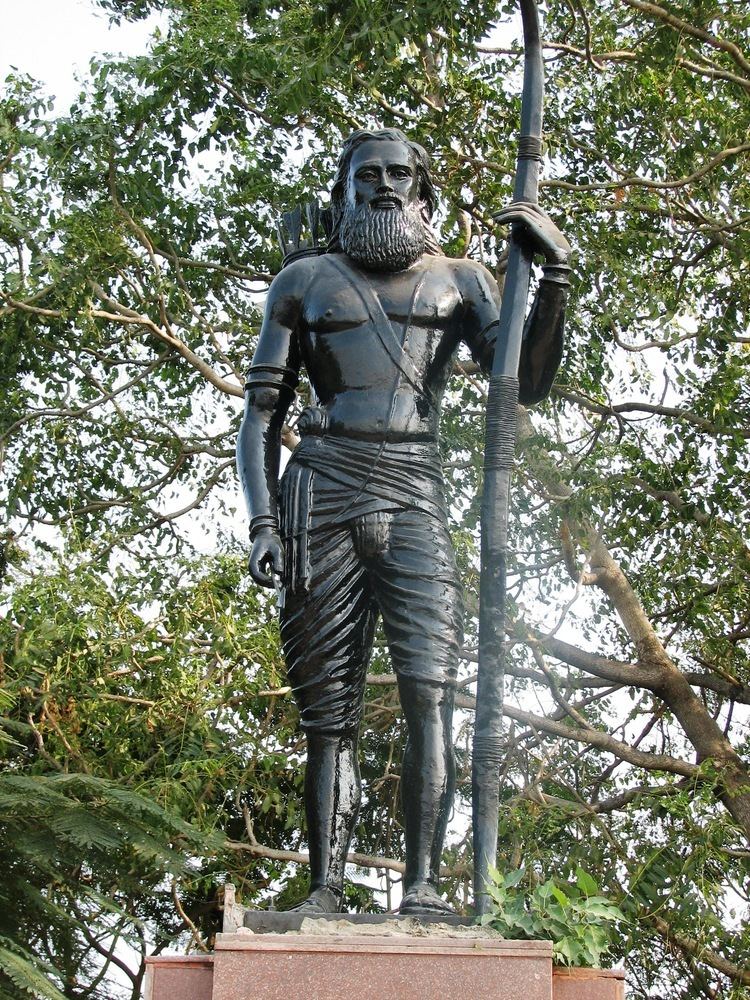
Details of Alluri Sitarama Raju's early life vary. An official report suggests that he was born in 1898 in Bhimunipatnam taluk, Visakhapatnam district. The young Raju lived mainly in Mogallu.
Rampa Rebellion of 1922
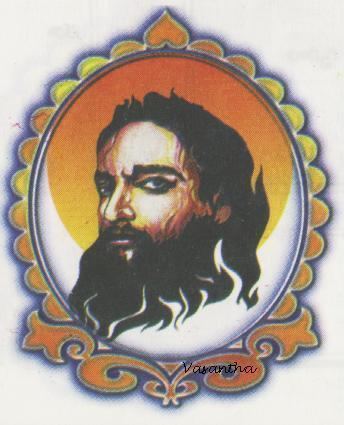
After the passing of the 1882 Madras Forest Act, its restrictions on the free movement of tribal peoples in the forest prevented them from engaging in their traditional podu agricultural system, which involved shifting cultivation. Raju led a protest movement in the border areas of the East Godavari and Visakhapatnam districts of Andhra Pradesh. Inspired by the patriotic zeal of revolutionaries in Bengal, Raju raided police stations in and around Chintapalle, Rampachodavaram, Dammanapalli, Krishna Devi Peta, Rajavommangi, Addateegala, Narsipatnam and Annavaram. Raju and his followers stole guns and ammunition and killed several British army officers, including Scott Coward near Dammanapalli.
In December 1922, the British deployed a company of Assam Rifles, near Pegadapalle under the leadership of Saunders. Raju, who had by then gone underground, resurfaced after about four months and continued the fight, strengthened by tribal volunteers using bows and arrows under the leadership of Gam Mallu Dora and Gantam Dora.
Death
Following a raid led by Raju on the Annavaram police outpost on 18 September 1923, Gam Mallu Dora was arrested. The Government entrusted the task of containing Raju's activities to the District Collector of Visakhapatnam district, Rutherford, who fired the first salvo when his forces arrested Surya Narayana Raju Pericherla, popularly known as Aggiraju, a devoted follower of Raju. The British campaign lasted for nearly a year from December 1922.
Raju was eventually trapped by the British in the forests of Chintapalli then tied to a tree and shot dead Kayyuru village.
Raju's tomb is in Krishna Devi Peta village.
